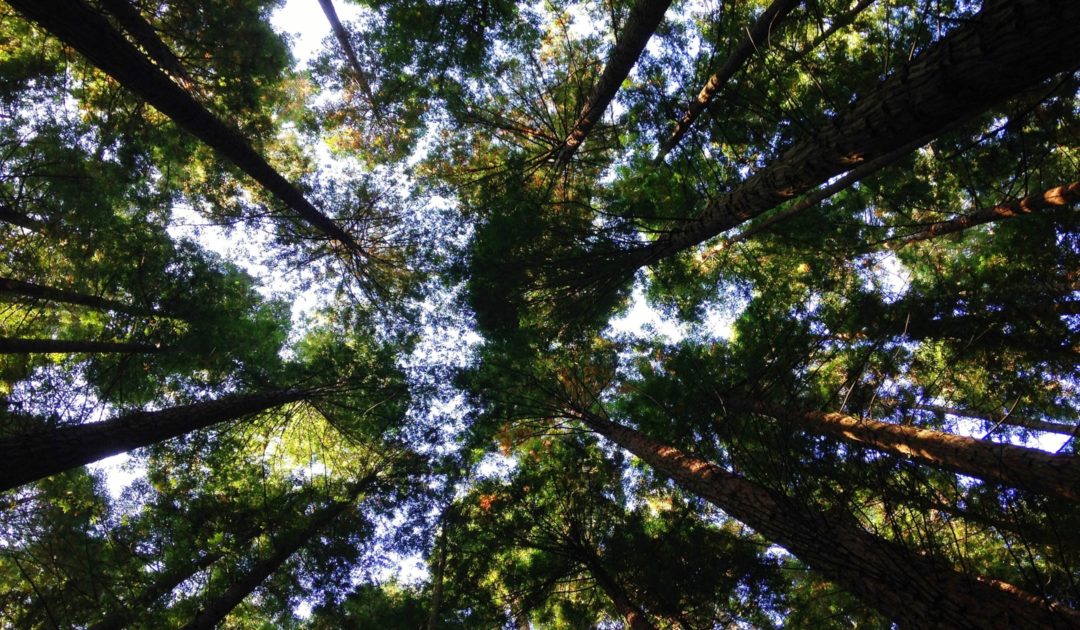Project Hessische Naturwaldreservate
Research
Since 1990 the Hessian forest reserves are studied forestal (formerly FENA, Gießen, now NW-FVA, Göttingen), botanical (FENA, NW-FVA, external experts) and zoological (Senckenberg, external experts).

Since 1990 the Hessian forest reserves are studied forestal (formerly FENA, Gießen, now NW-FVA, Göttingen), botanical (FENA, NW-FVA, external experts) and zoological (Senckenberg, external experts).
In each reserve in a 100×100 m grid circular sample plots with a radius of 17.84 m are established by the NW-FVA. Every 10-20 years a diverse set of parameters is assessed in these circles: orientation and inclination on the slope and position of the slope, forest types, all living and dead wood with a diameter of more than 7 cm to tree species, diameter at breast height (DBH), total height, trunk vegetation cover, damages. Ground vegetation is assessed at a subplot of 10×10 m. I In the southeastern corner of this subplot soil parameters (substrat, humus type, soil type) are documented. In a 5×5 m subplot the tree regeneration is identified (see Naturwaldreservate in Hesse, vol. 2). In future an area-wide habitat mapping und forest type mapping is conducted by external experts and the NW-FVA, which are important bases for the zoological studies.
In 1990 Senckenberg was commissioned to develop a concept for zoological studies. A comprehensive inventory of the fauna in the forest reserves should be achieved with reproducible methods. Via repeated studies the process of the succession in the long term should be documented as well in the total reserves as in the areas for comparison.
On the base of the area-wide habitat mapping und forest type mapping and own inspections by Senckenberg the positions of the traps are fixed. A broad spectrum of trap types (ca. 50 traps per total reserve/area for comparison), which representatively covers the species inventory of a large number of animal groups, is used per area continuously over two years (incl. two winters) and emptied monthly between March and November.
Additionally selective hand sampling, breeding bird mapping and light- and bait-trapping for macro moths is conducted. In the syntheses phase the trapped animals are sorted to animal order level, stored in a sample bank, distributed to external specialists, determined and the data are stored in a database.
These seven groups cover about 25 % of Germany’s species. Further groups are worked on, if possible, by volunteers. In this way Approximately 35 % of Germany’s fauna are studied on species level. For each reserve a detailed monograph is published in the journal “Naturwaldreservate in Hessen” and a brochure in the series “Hessische Naturwaldreservate im Portrait” is issued. In the monographs the biocoenoses are described by means of various ecological parameters (remarkable species, dominance, distribution, phenology, size classes, flight ability, habitat requirements, abiotic factors, nutrition). Also the fauna of the total reserve is contrasted with that of the area for comparison, the position of the animal group in the biocoenoses of the particular forest type is discussed as well as the importance for forestry and agriculture. When all reserves have been inventoried, in the next investigation period the first changes due to succession will be monitored. The project duration is not limited.
The fauna of Central European beech forests is 3-4 times species richer than previously assumed and can support even in small areas (ca. 50 ha) 5000-6000 species.
Additional species groups could be identified, which are important for forests, e. g. true bugs, bees, wasps and ants.
Only the use of a broad spectrum of methods allows a representative assessment of the biocoenoses.
Only the treatment of the fauna on species level depicts their role in the biocoenoses correctly and reveals conflictive trends between species or species groups.
The documentation of zoologically relevant structures in forests and the alignment of faunistic assessments to these structures is essential to gain a representative picture of the biocoenoses. Even former working forests are structured too rich, to gain representative results via grid or random samples.
While analysing the fauna structure-complexes have to be considered. Numerous species can only exist, if in relatively short distances suitable habitats for nutrition, resting, nesting and overwintering are present.